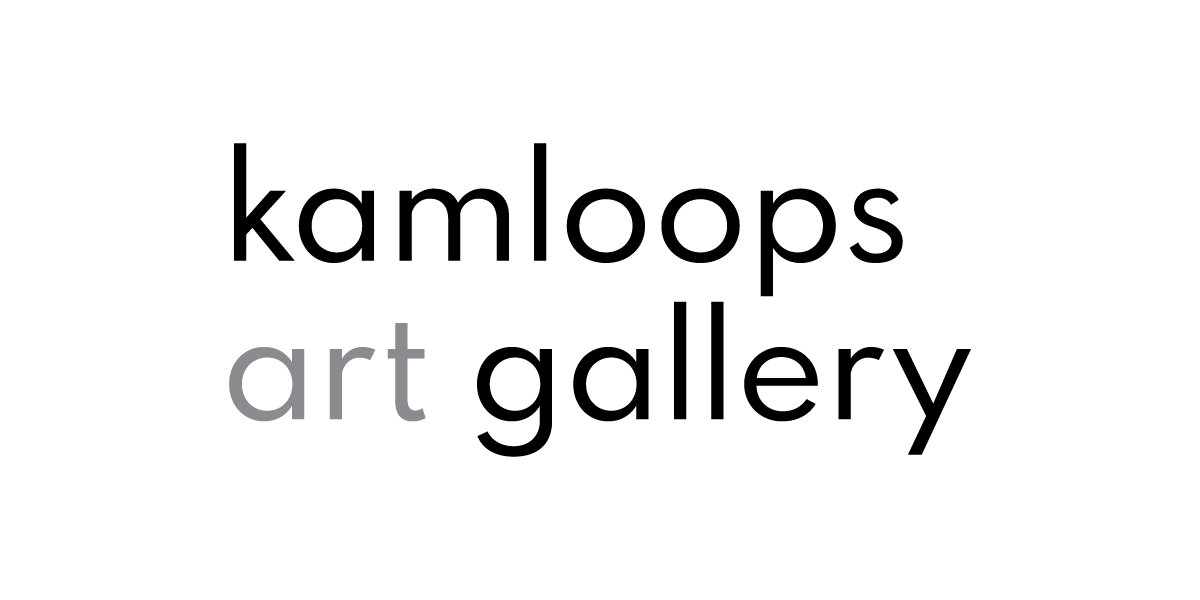ART AND SOCIETY IN CANADA 1913-1950
Lawren Harris
AY Jackson
Jean Paul Riopelle
Paul Emile Borduas
Central Gallery
January 20 to March 16, 2008
Organized by the National Gallery of Canada
Presentation of this exhibition in Kamloops is made possible in part through a grant from the Museums Assistance Program, Department of Canadian Heritage and with support from the Mapping Quality of Life and the Cultural Future of Small Cities CURA, a community-university research alliance sponsored by the Social Sciences and Humanities Research Council of Canada
The Kamloops Art Gallery is proud to host another prestigious exhibition from the National Gallery of Canada. Art and Society in Canada 1913-1950 includes approximately 45 works of art by some of Canada’s most famous artists from the first half of the twentieth century. Many artists from this period were dedicated to the ideals of nationalism, political awareness, and a liberated society. They also believed that art could powerfully affect and shape society. This exhibit explores three distinct artistic movements that shaped Canadian art and Canadian society: the Group of Seven, the Social Realists, and Les Automatistes.
During the 1920s, members of the Group of Seven, such as AY Jackson and Lawren Harris, argued that the idea of “North” was central to Canadian identity and that artists should explore, paint, and validate the northern landscape for Canadians. In their view, art was a means of revealing the spiritual values of nature, which they felt crucial to the emerging national identity.
For the generation that emerged in the 1930s, art had a more direct role in confronting the political, economic and social crises of their time. Claiming that earlier ideals were "escapist," the Social Realists sought to reflect the social, political, and economic issues of the day and resist what they felt were increasing threats to freedom. During this period, organizations such as the Federation of Canadian Artists and the Labour Arts Guild promoted the integration of art and society.
In the 1940s, the Quebec-based group Les Automatistes, which included such renowned artists as Paul-Emile Borduas and Jean-Paul Riopelle, rejected the Social Realists’ preoccupation with subject matter. Inspired by Surrealism, they associated the spontaneity of automatic painting with personal liberation and believed that their art could create a New World. Their goals were summarized in the 1948 manifesto “Refus global” in which Fernand Leduc called for "works of art sister to the atom bomb."
Art and Society is a portrait of our nation in its youth, when Canadian artists had faith in the future and in their power to shape it. The exhibition contains exquisite paintings and sculpture from the National Gallery of Canada, and gives Kamloops residents an opportunity to see first-hand works by some of Canada’s all-time greatest artists, including Lawren Harris, AY Jackson, Jean Paul Riopelle, and Paul Emile Borduas.
Generously sponsored by Radio NL
Lawren Harris
Lake Superior, c. 1928
oil on canvas
Collection of the National Gallery of Canada, Vincent Masset Bequest, © Family of Lawren Harris
Photo © NGC


